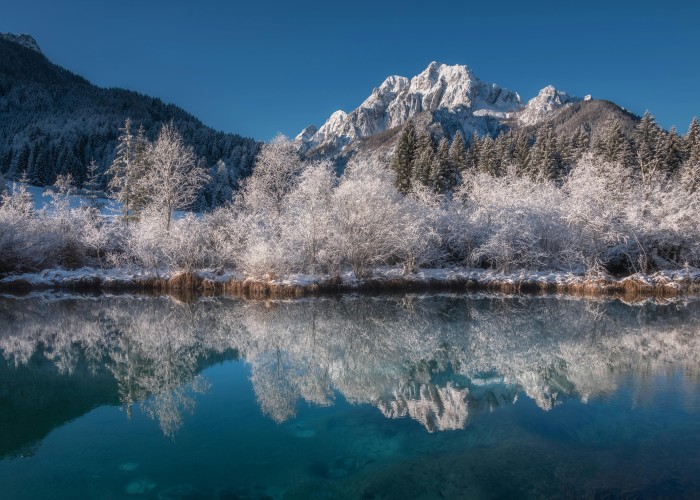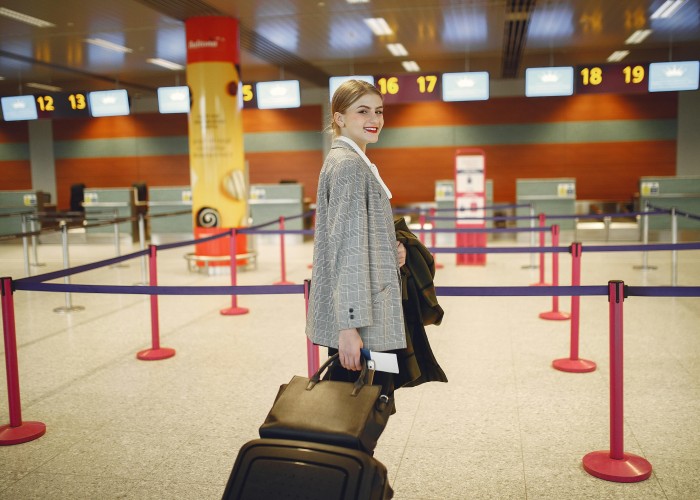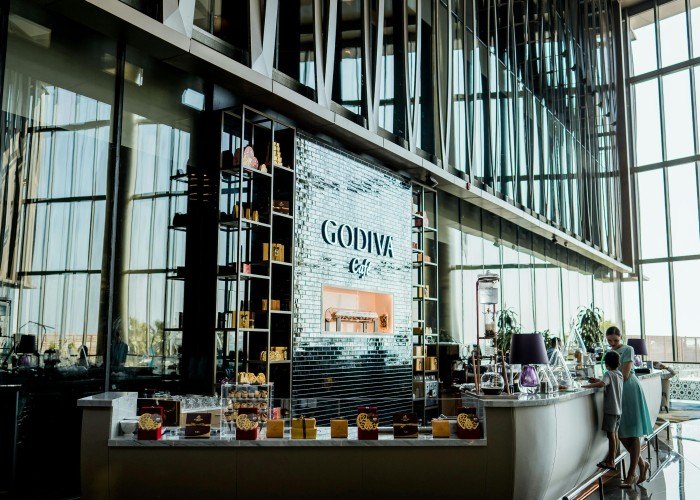Picture yourself retracing footsteps to the summit of Slovenia’s grandest peak, Mount Triglav, while crossing verdant valleys, alpine ridges, and authentic mountain huts. The Triglav Traverse Trek is more than just a hike—it’s a journey into the heart of the Julian Alps. Whether you’re traveling from the USA, UK, Australia, or Germany, this guide will walk you through everything you need—clearly, warmly, and in terms real people use. Mount Triglav Traverse Trek, Slovenia.
Overview: What It Is, Where It’s Located, and Why It’s Famous
The Triglav Traverse Trek is a multi-day route that typically circumnavigates or crosses the Triglav Massif, including the summit of Mount Triglav (2,864 m), the highest point in Slovenia. This trek involves moving between mountain huts, crossing alpine ridges, and experiencing varied terrain—from rocky paths to glacial valleys.
Why it’s famous:
- Mount Triglav is a national symbol—legend says that wearing its three peaks on flags or coats of arms reminds Slovenians of their homeland.
- The trek immerses hikers in dramatic landscapes with the comfort of well-placed huts.
- It’s a rite of passage for Slovenians and a dream trek for international adventurers alike.
Best Time to Visit
- Late June through mid-September is the ideal season—snow has melted from high passes, huts are open, and weather is generally stable.
- July and August bring warm days and long daylight, perfect for full mountain days.
- June and early September offer quieter trails and flower-filled alpine meadows, though dawn can still be chilly.
- Attempting this in late spring or autumn is possible but requires winter trekking skills; snow and shorter days may limit access.
How to Reach the Trailhead
By Air
- Fly into Ljubljana Jože Pučnik Airport, Slovenia’s main international hub.
- From there, take a train or bus to Bled, Bohinj, or Kranjska Gora, all of which serve as common starting points.
By Train and Road
- Slovenia’s rail network links Ljubljana to these towns, though mountain bus connections or taxis are needed to reach trailheads.
- Renting a car offers flexibility, especially for reaching trail borders or finishing in a different valley.
Entry Fees and Permits
- No permit is required to hike the Triglav Traverse Trek.
- Some mountain huts may charge small overnight fees, often covering bed and basic meals. Prices can change, so plan accordingly.
- National park regulations require respect for conservation—no entrance fees apply, but your actions in nature matter.
Food Availability and Meal Options
- Mountain huts provide meals and breakfast: expect hearty soups, polenta, pasta, local meats, cheeses, and occasional sweets.
- In villages like Bled or Bohinj, you’ll find grocery stores and eateries to stock up or enjoy local dishes before or after your trek.
- On the trail, carry small snacks and sufficient water between huts—refresh points are irregular. Mount Triglav Traverse Trek, Slovenia.
Packing List and Essentials
Clothing & Layers
- Breathable base layers
- Warm mid-layer such as fleece
- Waterproof and windproof jacket and pants
- Sturdy, broken-in hiking boots
- Hat, gloves, and sun protection (sunglasses, sunscreen)
Gear
- 30–40 liter backpack
- Trekking poles for balance and joint support
- Water bottles or hydration system (2 liters)
- Map, compass, or GPS with offline maps
- Headlamp with spare batteries
- Basic first-aid kit and blister treatment
- Lightweight sleeping sheet (for hut stays)
Safety Tips and Local Regulations
- Trails include exposed, narrow ridges—use poles and step carefully.
- Weather can change rapidly. Start early and carry rain gear always.
- Inform hut staff or a trusted contact of your itinerary.
- Respect local wildlife and environmentally sensitive areas.
- Dogs are allowed but must be controlled for grazing areas or steep sections.
Tips for Beginners or First-Time Visitors
- Build fitness with day hikes and elevation back home.
- Choose a guided first trek if unsure—local guides can ease navigation and logistics.
- Book accommodations in advance—popular summer months fill up fast.
- Carry automatically quasi-offline maps or print map sheets.
- Plan a rest or supply day in Bled or Bohinj for pace and pleasure. Mount Triglav Traverse Trek, Slovenia.
Local Customs and Cultural Etiquette
- “Dober dan” or “Pozdravljeni” (hello) and “Hvala” (thank you) go a long way.
- In huts, remove dirty boots and keep noise low in communal areas.
- Offer to help with chores or dishes—it’s a small gesture of respect in shared spaces.
- Stay on marked paths to avoid damage—nature and locals appreciate care.
FAQ Section (High-Search Keywords)
| Question | Answer |
|---|---|
| How long is the Triglav Traverse Trek? | Around 70–80 km, depending on route; typical completion in 4–6 days. |
| What is the difficulty level? | Moderate to challenging—high elevation, varied terrain, exposed segments. |
| What is the highest elevation reached? | Summit of Mount Triglav at 2,864 meters above sea level. |
| Are restrooms available on the trail? | Yes—at mountain huts and trailhead village facilities. |
| Can it be done in one day? | No—it’s a multi-day trek due to terrain and length. |
| Is mobile phone coverage reliable? | Varies. Coverage in villages/huts, patchy on ridges. Offline maps recommended. |
| Are dogs allowed? | Yes, but must be controlled—particularly in hiking zones and near livestock. |
| Can I camp instead of staying in huts? | Yes, but encouraged only at designated sites and with park respect. |
| When is the trail least crowded? | Late June or early September—balanced weather and fewer trekkers. |
Final Thoughts
The Triglav Traverse Trek is a journey that echoes with mountain spirit—rare silence, sweeping views, and a sense of achievement threaded through every ridge and valley. For travelers from the USA, UK, Australia, Germany—or anywhere seeking depth in wilderness—this trek is its own kind of Alps magic. Mount Triglav Traverse Trek, Slovenia.






Leave a Reply